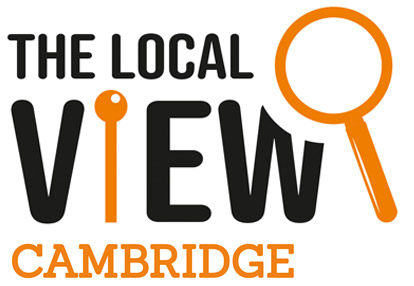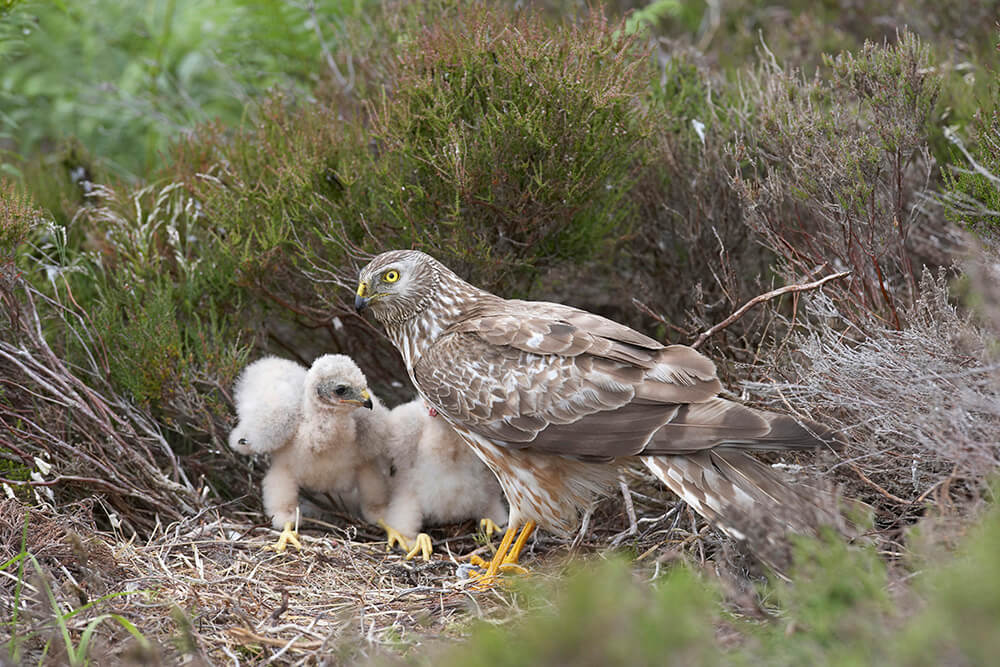Over half of England’s most threatened breeding birds nest on, or near to, the ground, including curlew, little tern, nightjar and lapwing.
People have been noticing nature much more during lockdown. Garden birds and other wildlife have helped lift spirits and connect us to the world outside. A recent YouGov survey, commissioned by the RSPB, showed that 41% of participants reported seeing wildlife near their homes over the last twelve months that they had never noticed before.

Almost half of the UK population (44%) said they have tried to attract nature to their gardens during lockdown. But as restrictions ease, the RSPB is keen to highlight that many of our threatened species don’t use gardens and nest boxes when raising young.
‘If you ask people where birds nest, they are likely to say a tree, hedge or nest box. It’s an image we’ve all grown up with. But for some of our most threatened species it’s simply not true. Almost every natural habitat in the English countryside can be home to ground-nesting birds, and many of these species are under increasing pressure due to habitat loss, predators and climate change. Yet we can all help protect them from disturbance by simply following The Countryside Code and keeping to footpaths.’
— Sara Humphrey, Communications Manager

Protecting ground-nesting birds in Cambridgeshire
The Cambridgeshire wetlands are home to rare black-tailed godwits, one of our most at-risk breeding species. Wetlands in Cambridgeshire are also vital for other rare wading species, including lapwing and redshank. They create small nests hidden in grassy pastures before leading chicks to wetter areas to feed.
The vulnerable chicks are easy prey for lots of predators. So dogs running through nesting sites can be very stressful for breeding birds. By sticking to paths and keeping dogs on leads in these areas, you can help give them the best chance of survival.

Birds nesting on the ground are at higher risk from predators. This is why the nests and eggs they contain are often extremely well camouflaged. As a result, they are very hard to see and avoid.
‘A skylark egg can be as small as 17mm across; that’s around the width of a 5p piece. When those eggs hatch, the vulnerable chicks can be just as well camouflaged. If disturbed, a chick’s instinct is often to stay quiet and avoid detection. So if you hear an adult bird calling out in distress or see one trying to catch your attention, back away carefully to help protect nests from harm.’
— Mike Shurmer, Head of Species for RSPB England

Everyone can play a part
The RSPB’s conservation scientists have developed methods to help protect nesting birds from environmental threats including climate change, wildfire and sea level rise, which can be delivered through managing landscapes for wildlife. They have seen fantastic results for species including roseate tern and stone curlew. But to protect ground-nesting birds across the countryside, everyone can play a part by watching where they step, keeping dogs on leads and following The Countryside Code.
The RSPB works closely with partners and communities to protect wildlife across their network of over 200+ UK nature reserves and in the wider countryside. To find out more about RSPB reserves and projects near you, or to help fund the vital work the charity does to protect wildlife, visit www.rspb.org.uk





